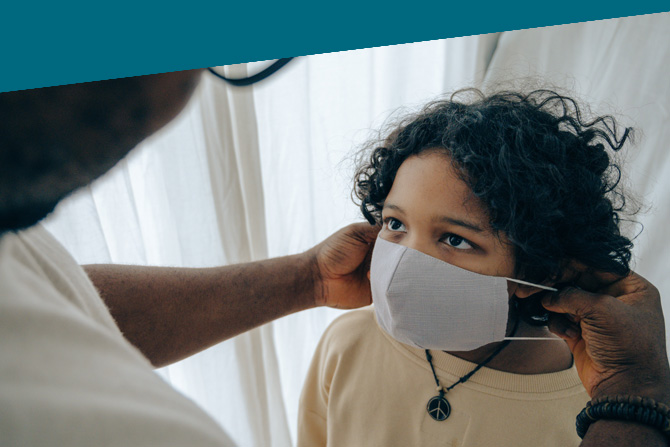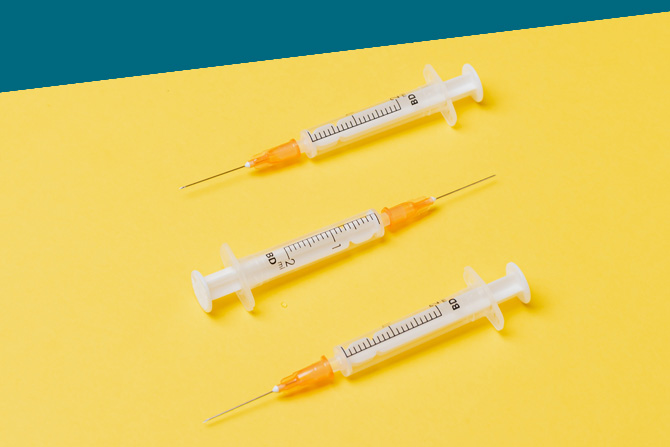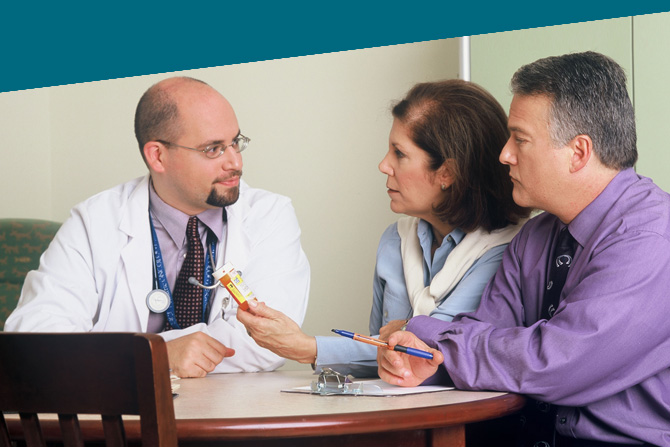Unvaccinated Children and COVID-19
July 07, 2021

Summer is in full swing and the powerful COVID-19 vaccine has instilled confidence in many citizens across the US. The CDC no longer requires us to wear masks or social distance if we are vaccinated, and most everyone is grateful to be breathing more deeply as we return to normalcy.
If you have a child under the age of 12, however, you may still feel on guard, as they are currently ineligible for the vaccine. Predictions are that children under 12 will be eligible for vaccination late in 2021 or early in 2022, so stay vigilant as you wait. Below are some great tips from Harvard Health and the University of Chicago Medicine for keeping your child safe in the current circumstances.
Follow these guidelines, and you’ll lower your child’s risk of contracting and spreading the virus this summer.
- Make sure everyone in your family who can be vaccinated is vaccinated.
- Take activities, including playdates, outside where the risks of contracting the virus are lower.
- Insist on masks for children if they are in a group that includes unvaccinated people.
- Avoid crowded places both outdoors and indoors, including sporting events, restaurants, and amusement parks. Consider saving these activities for next summer.
- Agree with your family, friends and acquaintances to share information with each other, especially the development of any symptoms, and agree to isolate in such cases.
- Have extra masks on hand in your cars, purses, bags, and pockets in case you find yourself in a place with unvaccinated people.
- Keep up good habits. Remind your children they should continue to wash their hands often and keep a distance from others. Remind them to not touch their face and not touch items that are in a shared space, like a locker room.
- Take precaution when eating in a restaurant. If you have a small child, bring your own booster seat, if possible, or thoroughly wipe down one that the restaurant provides. Bring and have your entire group use hand sanitizer.
- If you have a babysitter who is unvaccinated and works with other families, ask them to wear a mask around your children. In addition, ask them to take their shoes off when entering your home, stay home if they feel sick, and get tested for COVID-19 before returning to work for you.
- If you visit a swimming pool, the chlorine in the water is strong enough to kill the virus, but it can still exist in the air around the pool. Social distancing applies at and in the pool.
- If your child is going to camp, note that camp administrators have operational guidelines from the CDC. They are asked to work with local health officials to understand the level of community transmission and open or close their camps accordingly. If the rate is high in the community, it virus will be likely to spread throughout the camp. Make sure the camp you’re considering requires all children to be tested.If it’s an overnight camp, make sure the beds are at least six feet apart and that the children are required to wear masks when indoors.
On April 30, 14 percent of all COVID-19 cases in the U.S. were children, so please remember that it is possible for children to catch the virus. While symptoms are usually mild in children, it is still possible for them to get very ill and require hospitalization, intensive care or a ventilator. And small children (under 1) with underlying medical conditions may be at increased risk of severe illness. On a positive note, the survival rate is much higher in children, according to the CDC, and a vaccine is in development for children under 12 years of age. It will be thoroughly vetted by the FDC and CDC before being approved. In the meantime, follow the suggestions above and give your kids as many hugs as they need. Research also shows that hugs reduce stress and make kids feel safe and supported.









